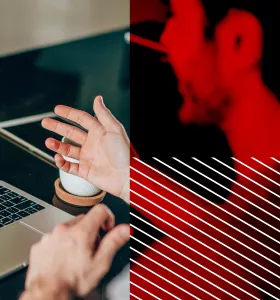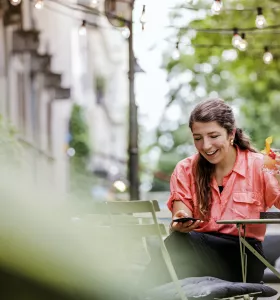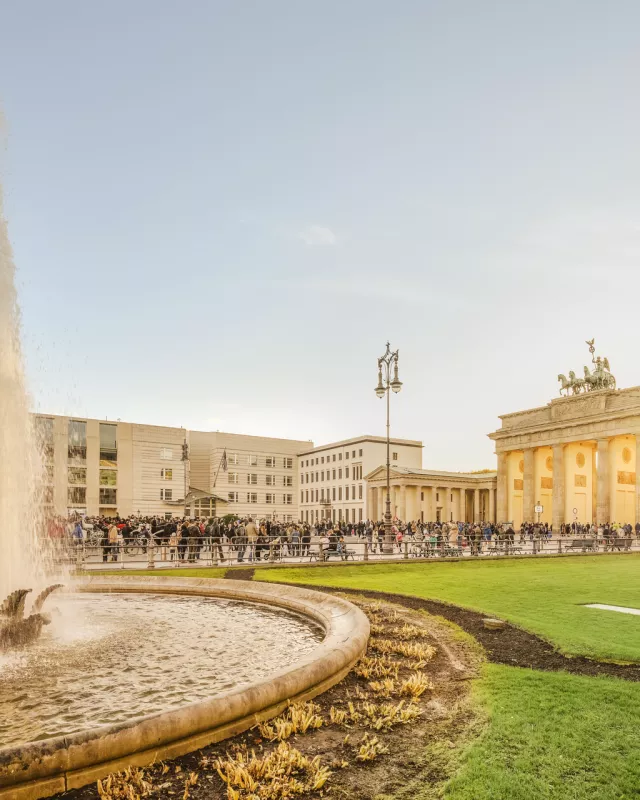"Diversity Destroyed – Berlin Before and After 1933"
Berlin, 22 January 2013 To mark the 80th anniversary of the Nazis’ accession to power on January 30, 1933, and the 75th anniversary of the November Pogroms (Reichskristallnacht) in 1938, the city of Berlin in 2013 is organizing cornerstone events to actively remember and acknowledge the painful past. From January 30 until November 9, 2013 – the actual dates of the two somber anniversaries - the city will endeavor to document the sensitive nature of these infamous events, and at the same time highlight the modern, tolerant and culturally diverse metropolis Berlin has since become.
„For Berlin,“ says Burkhard Kieker, CEO of visitBerlin, “the theme year ‘Diversity Destroyed’ is an important element of the city’s confrontation with its history.”
Two central exhibitions and some 100 projects will illustrate the rich cultural diversity of the early 1930s, and look at the impact of the National Socialist dictatorship on Berlin’s social fabric and its subsequent destruction.
From January 30 until November 9, the I.M. Pei designed German Historical Museum guides through the activities and initiatives of the “Diversity Destroyed” theme, which can also be explored by walking tours of urban spaces and landmarks like the Brandenburg Gate, Kurfürstendamm and Anhalter Bahnhof station. The exhibition displays the vibrant, culturally diverse city and avant-garde society of the 1920s metropolis, which was soon after destroyed by the Nazi regime.
The open-air Portrait Exhibition and Urban Memorials will specifically show the human tragedy caused by the events between 1933 and 1938. Placed at historically relevant locations throughout the city, 120 pillars will depict these events, complemented by a 40-pillar portrait exhibition that focuses on the individual life stories and fate of more than 200 Berliners who represented the city’s cultural diversity in the 1930s.
Further exhibitions and events pertaining to the theme year include showings at the Allied Museum, the Anne Frank Center, the Bauhaus Archive, the Gay Museum, the Museum for Decorative Arts, the Jewish Museum and Theater, and concerts/performances at the Komische Oper, Gorki Theater and more.



